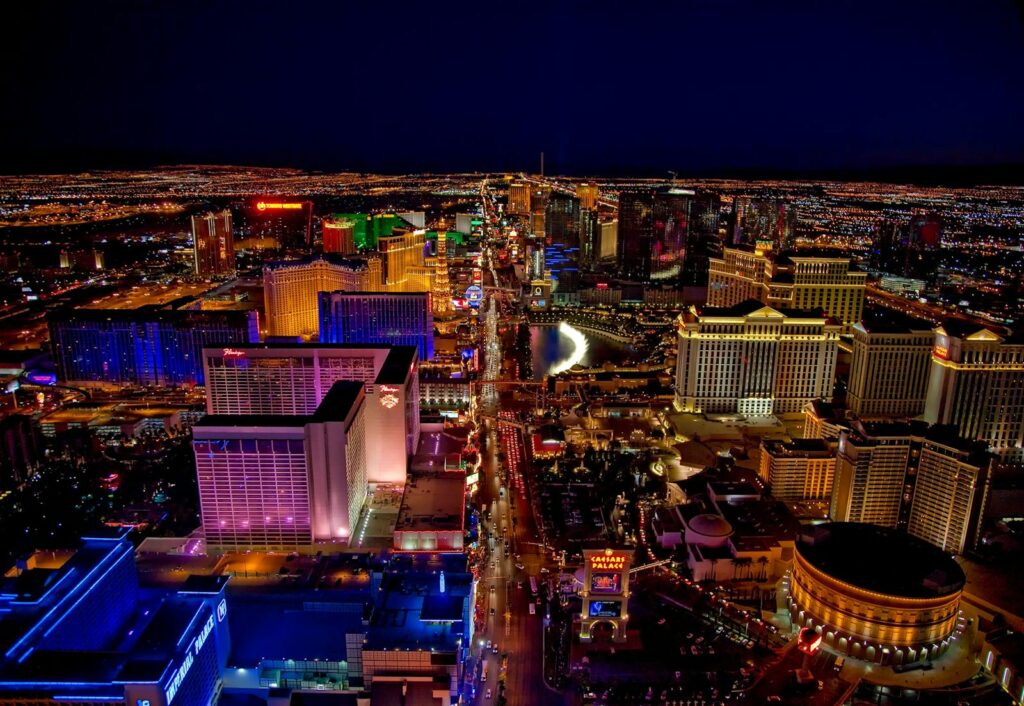Imagine the scene: you’ve just landed in the vibrant country of Peru, your senses tingling with anticipation for the adventures that await. You head to a local supermarket to stock up on some essentials, and as you reach the checkout with your basket of goodies, you’re suddenly asked for your passport number. It’s an unexpected request that might leave you puzzled, but fear not, intrepid traveler, for this is a tale of commerce and security in a land rich with culture and tradition.
In Peru, as in many countries around the globe, credit card fraud is a concern that businesses take seriously. When you present your credit card for payment, the cashier’s request for your passport number is a measure designed to prevent such fraud. By recording your passport number, the supermarket is adding an extra layer of verification to ensure that the person using the credit card is indeed its rightful owner. This practice, while not common in all 52 countries you’ve visited, is a legitimate and reasonable step within the Peruvian context.
As a seasoned traveler, you’re likely aware that each country has its own set of rules and customs when it comes to financial transactions. In Peru, the request for a passport number at the point of sale is not only about security but also about compliance with local tax regulations. The information helps businesses keep accurate records for tax purposes, which is particularly important in a country where the informal economy is still prevalent.

The experience of being asked for your passport number in a Peruvian supermarket is a reminder of the diverse ways countries approach everyday transactions. It’s a small but significant cultural nuance that adds to the rich tapestry of travel experiences. And while it may have been a first for you, it’s a routine procedure for the locals and expatriates who call Peru their home.
Reasons behind it and what it means for you as a visitor.
The Peruvian government, like any other, has a vested interest in protecting its economy and its citizens from fraudulent activities. Credit card fraud can have far-reaching consequences, not just for individuals but for the financial system as a whole. By asking for your passport number, the supermarket is playing its part in a larger effort to safeguard economic stability.
It’sworth noting that this practice is not unique to supermarkets.
In various situations across Peru, from booking a hotel room to purchasing a SIM card for your phone, you may be asked to provide your passport number. This is standard protocol and is seen as a necessary step in securing transactions and services.
While some might view the request for a passport number as an inconvenience or an invasion of privacy, it’s important to approach these situations with understanding and patience. Remember, you’re a guest in a country with its own set of norms and legal requirements. Embracing these differences is part of the adventure of travel, and it’s through these experiences that we gain a deeper appreciation for the places we visit.
The request for your passport number at a Peruvian supermarket is a legitimate and commonplace procedure aimed at preventing credit card fraud and ensuring compliance with local tax laws. As a traveler, it’s essential to be prepared for such requests and to carry your passport with you when making credit card purchases. By doing so, you’re not only adhering to the local customs but also contributing to the safety and security of the financial environment in Peru.
In the next section of our article, we’ll explore more cultural insights and provide practical tips for shopping and navigating the marketplace in Peru. From understanding currency and payment options to knowing the best times to visit markets and stores, we’ll equip you with the knowledge to make your shopping experience in Peru as smooth and enjoyable as possible.
Diving into the heart of Peruvian culture, one cannot help but be captivated by the vibrant markets, the rich aromas of traditional cuisine, and the friendly banter of local vendors. Shopping in Peru is not just a transaction; it’s an experience that immerses you in the local way of life. In this section, we’ll explore the cultural insights and offer practical tips to help you navigate the Peruvian shopping scene with ease and enjoyment.
Understanding the currency is crucial.
The Nuevo Sol, is the official currency, and familiarizing yourself with the denominations of banknotes and coins will make transactions smoother. While U.S. Dollars are accepted in some places, it’s always best to have local currency on hand for small purchases and when bargaining in markets.
Speaking of bargaining, it’s a common practice in Peru, especially in markets and with street vendors. This is known as ‘regateo’, and it’s an expected part of the shopping process. Don’t be shy to negotiate the price, but do so with respect and a smile. It’s a dance of sorts, one that can lead to mutual satisfaction and even a friendly conversation.
When it comes to shopping for groceries, as you might have experienced, supermarkets are convenient and offer a wide range of products. However, for a truly local experience, visit the open-air markets where fresh produce, meats, and artisan goods are abundant. Markets like San Pedro in Cusco or the Mercado Central in Lima are bustling hubs where locals shop daily. It’s here that you’ll find the freshest ingredients for a traditional Peruvian meal and perhaps pick up a few cooking tips from the vendors.
Peruvian cuisine is a delight, and trying local dishes is a must.
From the coastal specialty of cebiche to the Andean delicacy of roasted guinea pig, there’s a plethora of flavors to explore. And let’s not forget about the beverages – Pisco brandy is the national drink, and the Pisco Sour is a beloved cocktail. For non-alcoholic options, chicha morada and aguaje are traditional drinks that offer a taste of Peru’s rich culinary heritage.
When it comes to shopping for souvenirs, Peru’s craftsmanship is renowned. The markets on Avenida La Marina in Pueblo Libre and Avenida Petit Thouars in Miraflores are excellent spots to find handcrafted goods. Remember that the sales tax (IGV) is usually included in the price, and most stores are open seven days a week.
For those looking to enjoy Peru’s nightlife, the districts of Miraflores, San Miguel, Pueblo Libre, San Isidro, and Barranco in Lima are hotspots for peñas, discos, pubs, and nightclubs. The vibrant atmosphere and diverse offerings make for an exciting evening out after a day of shopping and sightseeing.
As for practical tips, always carry your passport when making credit card purchases, as you’ve learned from your supermarket experience. It’s also a good idea to keep a photocopy of your passport separate from the original, just in case. When it comes to transportation, taxis are a convenient way to get around, but agree on the fare before starting your journey to avoid any confusion later on.
Health-wise, it’s advisable to consult with your doctor before traveling to Peru, especially if you plan to visit the jungle regions where yellow fever and malaria are concerns. Vaccinations and repellents are your best defense against these diseases. The weather in Peru varies greatly depending on the region, so pack accordingly. The coastal areas have a hot and dry summer from December to April, while the highlands are dry with cold nights from mid-April to October. The jungle has a ‘dry’ season from April to October, but be prepared for rain at any time.
Shopping in Peru is an adventure in itself, filled with opportunities to engage with the local culture and traditions. With these insights and tips, you’re now better equipped to enjoy the Peruvian marketplace to its fullest. Embrace the experience, indulge in the flavors, and take home memories that are as rich and colorful as the country itself.
Related posts:
Supermarkets in Peru – LimaEasy
Where is the ‘passport book number’ on a Peruvian passport? – Quora





